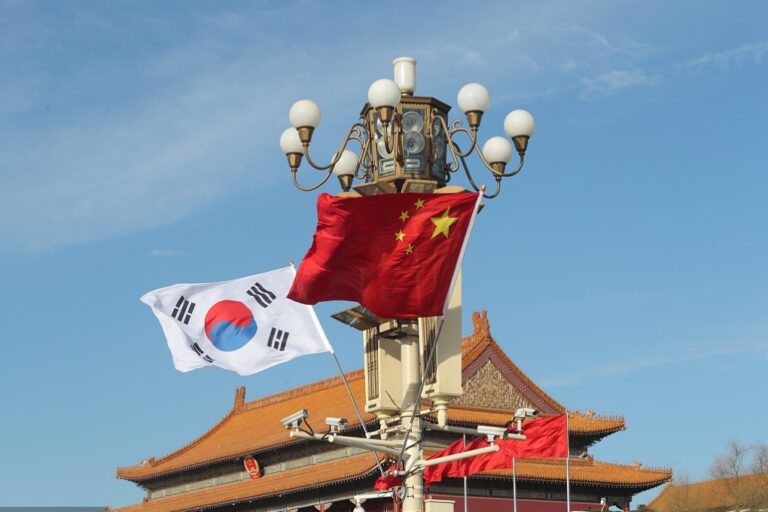
Photo/VCG
In a rapidly evolving global technological environment, China continues to make great strides in science and technology, even as it faces economic challenges. China is investing heavily in research and development and aims to become a world leader by 2050, especially in high-tech industries such as robotics, aerospace, and artificial intelligence (AI). This strategic initiative aims to promote the country’s sustainable economic development, better protect national security, and enhance competitiveness in the global market.
Against this backdrop, South Korea and China need to strategically work together to leverage their respective strengths and navigate the complexities of global technology competition. However, this cooperation needs to be approached with caution, and given the intensifying high-tech competition between the United States and China, forming a technology alliance requires a balanced and nuanced strategy.
South Korea and China should actively pursue joint research and development projects focusing on cutting-edge technologies such as quantum computing, autonomous driving, and hydrogen energy. Joint research and development can lead to shared innovation and accelerated progress, while fostering talent exchange programs can bridge expertise gaps, promote mutual understanding, and improve professional skills.
Starting such programs early would instill a culture of innovation among the youth, which would be a win-win: South Korea could benefit from China’s vast tech talent pool while providing its own skilled professionals with the opportunity to learn and pursue innovation.
The two countries should work towards building an integrated digital ecosystem that supports start-ups and high-tech companies, and by sharing best practices and fostering an environment conducive to innovation, they can strengthen their respective positions in the global high-tech sector.
Joint efforts to understand and address each other’s regulatory environments can minimize investment risks for both sides and strengthen bilateral cooperation. For example, the two countries can align standards and protocols in emerging technology areas to make cross-border operations smoother. Korea’s expertise and strengths in semiconductor manufacturing and digital infrastructure can complement China’s advances in AI and big data. And initial cooperation in these areas can gradually be expanded to other sectors, resulting in significant high-tech breakthroughs and enhanced market advantages.
But sustainability must be at the heart of this high-tech cooperation. Joint efforts in areas such as renewable energy and sustainable urban development can help both sides address global environmental challenges while promoting economic growth. The two sides can also foster a culture of innovation through joint academic programs, workshops and conferences to stimulate creative solutions and foster the entrepreneurial spirit of young professionals from both countries.
Moreover, China’s ambitious high-tech policies create both challenges and opportunities for South Korea. By fostering cooperation based on mutual interests and strategic alignment, South Korea can enhance its technological capabilities and ensure sustained growth in an increasingly competitive global landscape.
Indeed, the future of Sino-Korean cooperation in science and technology depends on leveraging shared strengths, working together to overcome challenges, and continuously promoting innovation. Therefore, the two countries should strive to complement and support each other in the global value chains of emerging industries while maintaining a forward-looking perspective.
In the current geopolitical environment, South Korea and China need to balance strengthening bilateral cooperation with partnerships with other major economies — a delicate balance that is crucial to sustaining growth in high-tech sectors and navigating complex international relations.
By adopting such strategies, South Korea and China can strengthen their roles as major players in the global high-tech ecosystem and remain at the forefront of innovation despite the technology race between the U.S. and China. This is a critical moment that requires smart, strategic action, and South Korea and China are capable of taking it together.
The author is the representative of the Korea-China Science and Technology Cooperation Center.
These views do not necessarily reflect those of China Daily.
If you have specific expertise or would like to share your opinions on our articles, please send your writing to opinion@chinadaily.com.cn and comment@chinadaily.com.cn.

